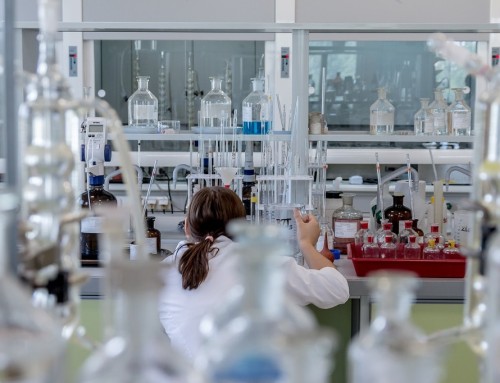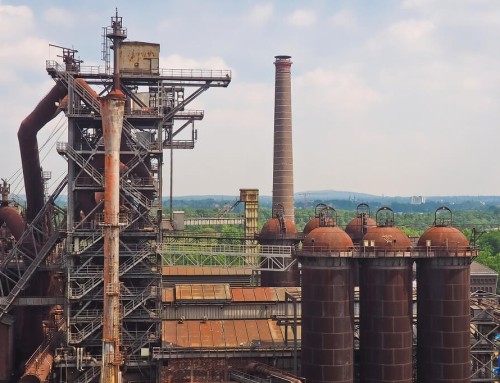
A geothermal station in Iceland. Image credit ucsusa.org
ZIMSEC O Level Geography Notes: Natural Resources: Energy: Geothermal power locational factors
- Geothermal power can only be generated in areas of active volcanicity.
- These areas are known as geothermal hotspots.
- These are zones where volcanic activity underground makes rocks hot and these rocks in contact with underground water, will convert it to steam which shoots to the ground surface.
- Such areas are usually plate boundaries of both the constructive or destructive types associated with a lot of faulting or rock join formation.
- Examples are the Reikjanes fault in Iceland, which is part of the fault systems of the Mid-Atlantic ocean ridge.
- Another example is the Rotorua and Waikiki districts in New Zealand where the Indo-Australian and Pacific plates converge.
- Like fuel-powered thermal power stations, geothermal plants are very pollutant.
- This is because some of the geysers issue out steam of mixed Sulphur or ammonia or nitric acids or foul smelling gases.
- Therefore the plants are sited away from largely populated areas.
- There is also the ever-present danger of the power plant blowing up if the volcanic steam production exceeds the capacity of the plants.
- There is little flexibility in their location compared to fuel powered thermal stations.
To access more topics go to the O Level Geography Notes page





